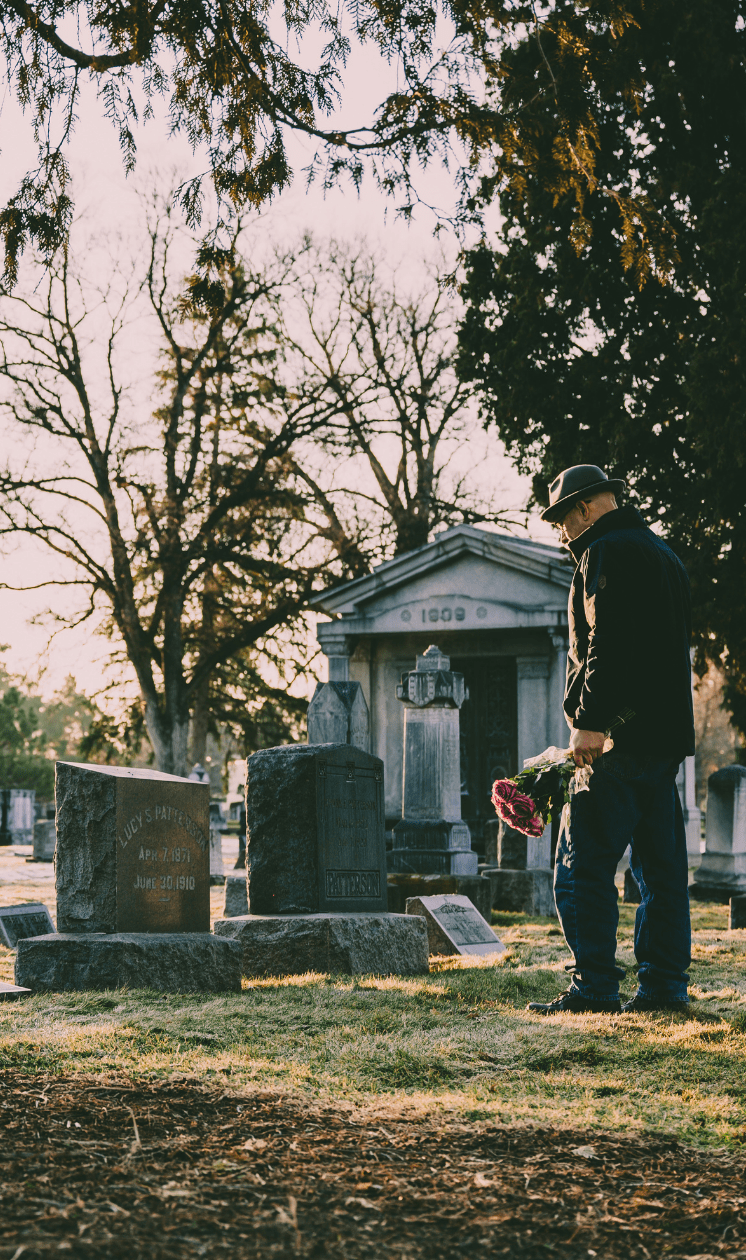


Have you ever tried to define your community? How would you describe it? What are all the parts of people and things and businesses that make up your community?
As leaders of your own community, you have likely witnessed changes caused by natural disasters, social movements, economic shifts, and political changes. The consequences from social and economic shifts vary in each community, and sociologists still question the psychological consequences on an individual level. Historically, we can see the way communities are affected over time by social and economic changes.
Communities are not limited to geographical areas. Communities can be defined by social indicators, religious beliefs, or shared experiences and even virtual connections based on a specific interest. Here are a few communities with which you may be familiar: The Autistic community, Christian community, senior citizens community, Latino community, and the East Nashville community. Can you think of some other communities?
Interestingly, individuals are frequently part of multiple communities as their identity intersects with various groups. It is likely more than one community can experience ripples of change from the same event. Depending on the intensity of the social or economic disruptions, communities may experience either an immediate significant effect or a slow effect overtime.
Social and economic changes affect communities in significant ways. As you read this list, think about the ways these consequences impact your church community.
Catalyst for New Norms: When a community faces a social change, there is an acceptance of new behaviors or a new intolerance for existing behaviors. The consequence of new or stopped behaviors can be seen in light of the women rights’ movement. It became a norm for women to vote and participate in civic engagement. The movement also encouraged workplaces to hire women in positions of work typically occupied by men by creating an intolerance of sex discrimination in the hiring process.
Restructuring of Social Dynamics: New norms effectively restructure social dynamics in households, workplaces, places of worship, and political spaces. Out of the women rights’ movement, communities across the United States began to see a shift of roles in households. It is now a social norm to have two working partners, and both partners sharing the role of caregiver to children in the household.
Disempowerment or Empowerment of People: A change in social views of the elderly protected senior citizens with human rights as they aged. Historically, society viewed aging adults as having little ability to make decisions and properly take care of their own needs. Senior citizens had limited autonomy and silenced voices against agism and institutional abuse. As social change was made by those who advocated for their community, senior citizens were empowered with rights, allowing adults to continue living in safer environments as they aged.
Limiting or Enhancing Access to Resources: The COVID-19 health crisis, an impactful catalyst for economic change, affects communities across the United States. The state of the economy has limited housing, educational, and food securities for many families. The high rates of unemployment and reported cases of COVID-19 reflect that communities of color are affected at a higher ratio rate compared to White, Non-Hispanic communities. Schools, governments, and non-profits across the country are adjusting how to provide equitable and meaningful resources to families in their areas.
Building or Destroying Bridges of Connection: Modernization is an economic and social change that develops a community towards advancements in technology and influx of new information. Experiencing the COVID-19 pandemic in a modernized society means our society is resiliently adjusting to avenues of connection via virtual platforms to continue functioning in the workplace. Yet, there are depths of connections that are lost due to the pandemic, such as in-person church services, grieving over a loss, or a collective cheer in a sports stadium. Still, there are some communities that may lose opportunities of virtual connection: the elderly, families experiencing poverty, and rural families with limited access to internet.
How has your community experienced change in the last year, two years, or five years? Have you been able to embrace and celebrate the change, or have you lamented and struggled to accept change?
How a community collectively responds to the effects of social and economic changes can point to the collective resilience of a community. Your community’s response to the COVID-19 pandemic can be a good indicator of your resilience and your challenges. Take some time to reflect on how communities you belong to are responding to the consequences of current social and economic changes. What are their quick, flexible responses to change?
In what ways does your community reach out for support or created bridges of connection with others to band together? Is there space in your community to process and discuss change, or is change left untouched in conversations? What does collective resilience look like in your community?